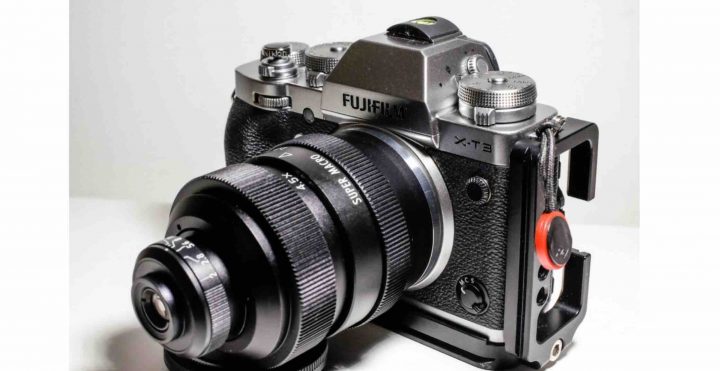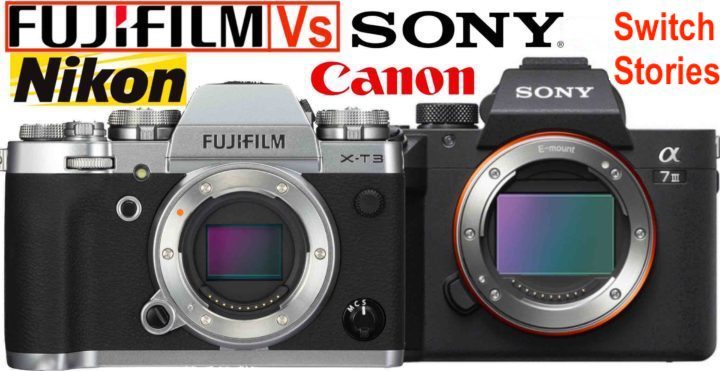Fujifilm X-T4 vs X-T3 Eye Autofocus with Fringer AF EF-FX Pro II Adapter, X-T4 IBIS Tests, Reviews and More
Fringer has published a follow up video to the one shared yesterday here, where he compares the autofocus performance between the Fujifilm X-T4 and Fujifilm X-T3 using the Fringer EF-FX Pro II smart AF adapter.
Here are Finger’s findings:
- Gear used: Fringer EF-FX Pro II and Canon EF50mm f1.8 STM
Conclusions:
1. It looks the face/eye AF tracking capability of X-T4 has been improved
2. Built-in IBIS of X-T4 is great
In addition to the Fringer video, you’ll find more Fujifilm X-T4 videos below.
Join FujiRumors on Patreon, Facebook, Flipboard, Youtube, Instagram, RSS-feed and Twitter
- Fujifilm X-T4: BHphoto / AmazonUS / Adorama / FocusCamera
- BC-W235 Dual Battery Charger: BHphoto / AmazonUS / Adorama / Focuscamera
- NP-W235 Battery: BHphoto / AmazonUS / Adorama / FocusCamera
- X-T4 Vertical Grip: BHphoto / AmazonUS / Adorama / Focuscamera
FujiRumors is on Patreon, Facebook, Instagram, RSS-feed, Youtube, Flipboard and Twitter
→ Top X-T Community: Fujifilm X-T facebook group
→ Top X-T Page: Fujifilm X-T Page


